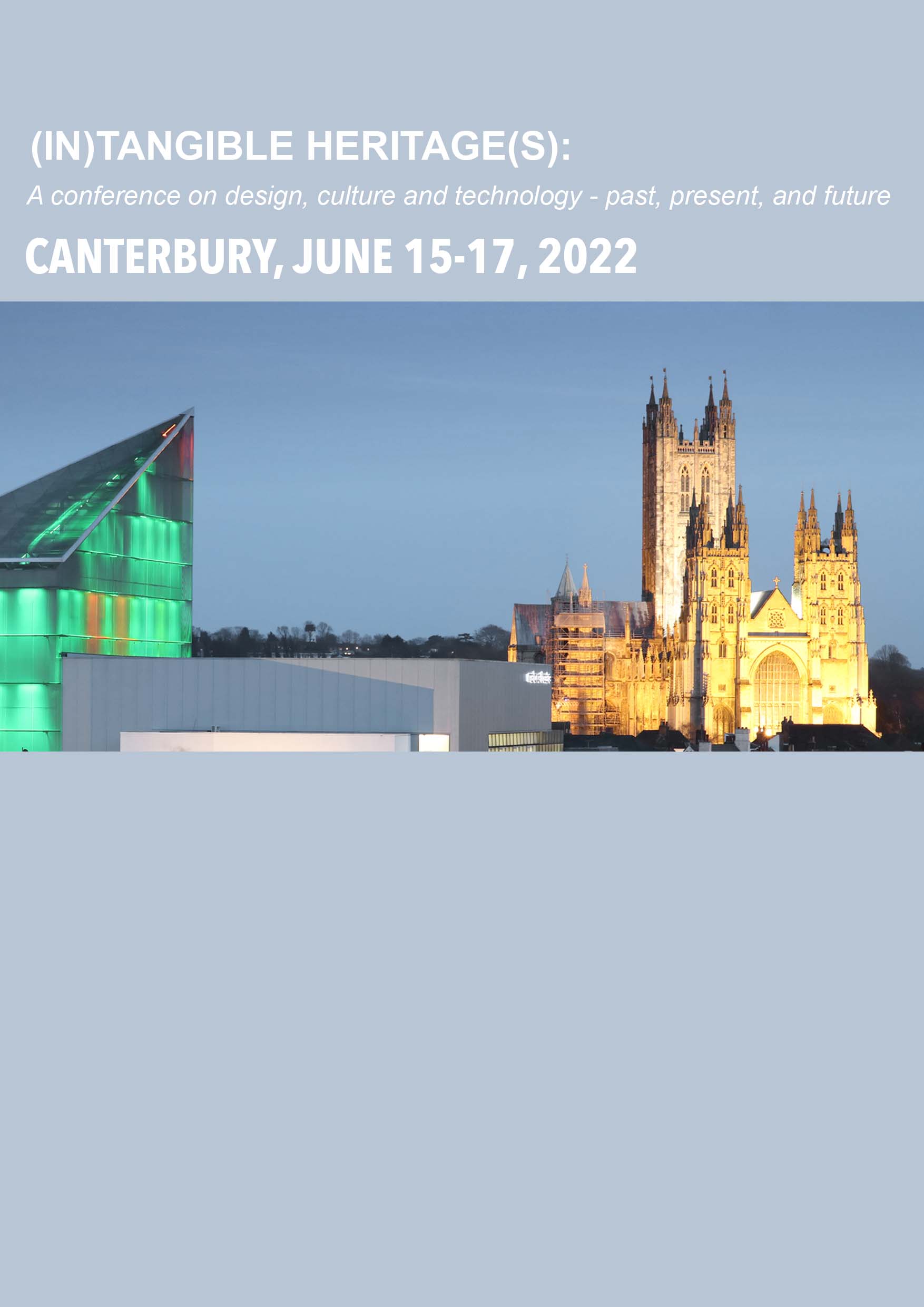
Communicating the Mass: Towards disseminating building preservation as a sustainability strategy, Fabian Kastner
Input presentation as part of „A conference on design, culture and technology – past, present, and future“, University of Kent, Canterbury
June 15, 2022, 9:00 am.
The buildings, towns and cities we inhabit are physical entities created in the past, experienced in the present, and projected to inform the future. The same can be said of the artefacts we use daily: designed furniture in the home, the mobile devices in our hands, the vehicles we see on our streets. However, each of these places, buildings and products had, at their inception, social and cultural roles beyond their ‘object’ status. They continue to have them today. What we understand a designed object to be then, is a complex question of material and social import, and an intricate play of the tangible and intangible identities. Increasingly, it is also a question of hybrid experiences and overlaid histories. This conference addresses the range of issues connected to this scenario.
The complexity described above is even more pronounced in the case of digital artefacts and experiences such as computational design, VR simulations of ancient buildings, mobile apps, digital photography or virtual exhibitions. Intangible at the very moment of their inception, such designed artifacts not only blur the difference between the object and the experience, but, increasingly, the past and the present. Computer generated imagery creates ‘life like’ reconstructions of historic sites. Laser scanning gives archeologists glimpses of pasts erased long ago. Computational design gives designers instant recordings of their work in progress. Coupled with digital cataloguing, it gives us the instant asynchronous design archive.
Considered in this context it is not surprising that recently questions about the nature of heritage and design have opened up to redefinitions of the tangible and the intangible. What cultural impact do digital technologies today have on how we live in the ‘real world’? How should digital reconstructions of monuments and buildings be interlaced in material existence? How are hybrid online and physical events and artefacts to be archived in the future? How do the designers of cities and buildings engage with ‘being in the world’ through the medium of a screen? Indeed, what is the future of our physical artefacts, our constructed buildings, our cultural traditions and our interpersonal engagement? What, in short, remains of the ‘aura’ of the material object, as it relates to social readings and virtual experience.
June 15-17, 2022